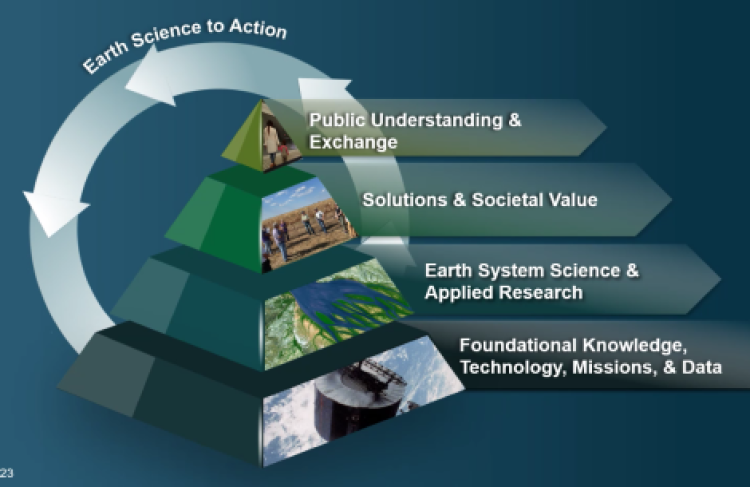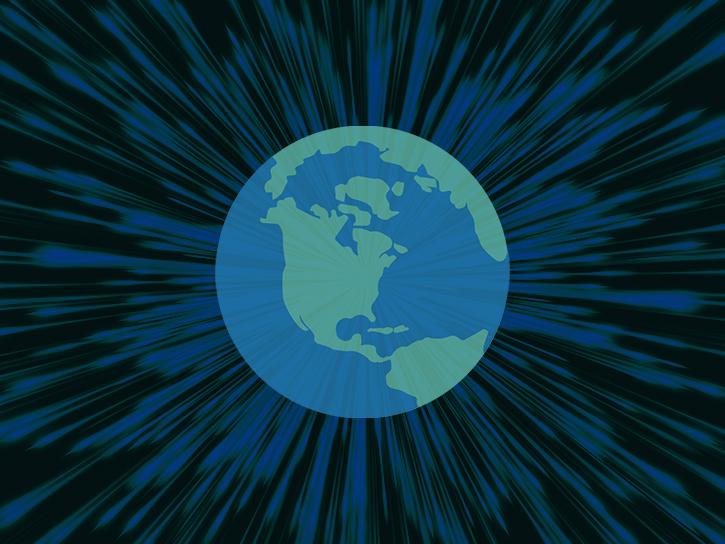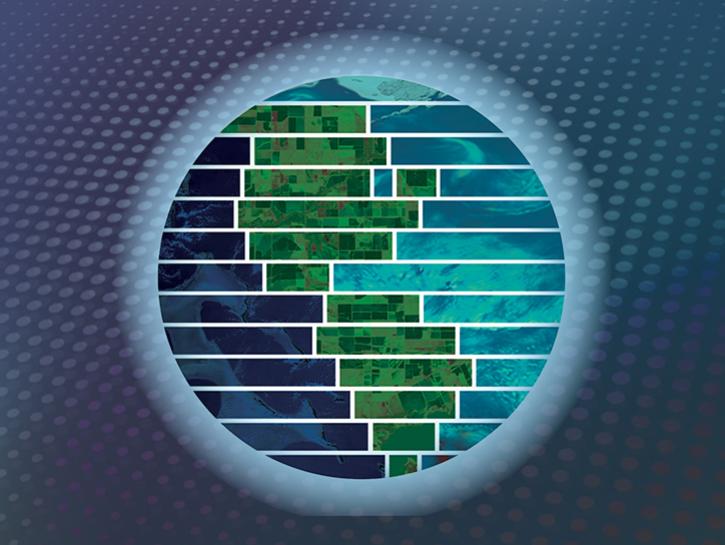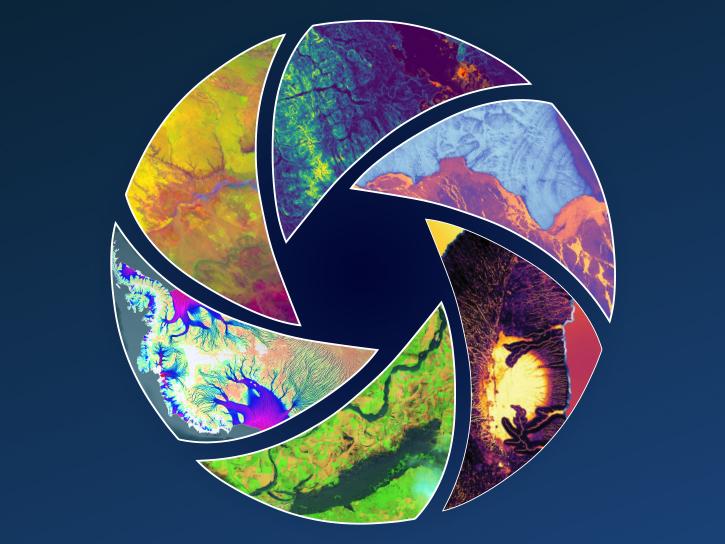Overview
ESDS data system and science products continuously evolve through a combination of competitive awards and sustained and strategic investments in open data, international and interagency partnerships, and a set of standards that ensure consistency and interoperability. Since 1994, NASA Earth science data have been free and open to all users for any purpose, and since 2015, all data systems software developed through NASA research and technology awards have been made available to the public as Open Source Software (OSS).
ESDS falls within the purview of the agency's Earth Science Division (ESD), under the Science Mission Directorate (SMD) at NASA Headquarters.







